Belarusian cabbage 455: characteristics, agricultural technology and reviews of the variety
About the benefits white cabbage you can talk a lot. This particular vegetable is cultivated in all countries of the world. And Russian cuisine is replete with recipes with white cabbage. A quarter of all agricultural land is devoted to the cultivation of white cabbage. It is one of the main vegetables used in the treatment of stomach and duodenal ulcers.
The yield of white cabbage is influenced not only by the observance of the rules of agricultural technology of the vegetable, but also by the choice of the variety. It is worth purchasing the seeds of such a vegetable plant, which will take root in specific climatic conditions, will give high yields, despite weather disasters and the composition of the soil. The resistance of cabbage to diseases also plays an important role.
Content:
- Characteristics of Belarusian cabbage 455
- All about growing seedlings
- Terms and rules for planting seedlings in the ground
- Recommendations for the care of white cabbage
- Possible growing problems
- Variety benefits and reviews
Characteristics of Belarusian cabbage 455
One of the oldest and time-tested varieties of white cabbage is Belorusskaya 455, obtained by selection in the middle of the 20th century. The variety belongs to the mid-season types of vegetable crops, since the heads of cabbage reach technical maturity after 85-100 days.
Early maturity depends on the area of cultivation, its climatic characteristics. And yields vary from growing conditions. 5 kilograms of cabbage are harvested from one square meter, but sometimes up to 8.
The description of a vegetable plant includes the following parameters:
- The size of the rosette is 70-88 centimeters in diameter, semi-spreading in shape.
- The leaves of the plant are flat, rounded, gray-green in color.
- Heads of cabbage of high density, weighing from 1.5 to 3.5 kilograms.
- Cabbage contains up to 10.5 percent dry matter.
- Inside the fork, the leaves are greenish-white, juicy.
- The sugar content is 4.5 - 6.7 percent, ascorbic acid is up to 39 milligrams.
- Cabbage variety Belorusskiy 455 is best suited for pickling. But even fresh it can be stored until spring.
Cabbage is cultivated in all regions except the North Caucasus. The higher the yield of the variety is in Belarus, Ukraine, the Baltic states, the middle lane and in the south of Russia.
All about growing seedlings
In areas with a temperate climate and unstable weather, it is better to grow cabbage seedlings. For the variety Belorussky 455, the sowing date for seedlings is from 5-10 April. The seeds are arranged with a hardening procedure, placing them first in hot water with a temperature of up to 50 degrees for 20 minutes, then in cold water for 1-2 minutes.
To prevent fungal infections, seeds are treated with Fitosporin solution for 8 hours.
To increase the germination of cabbage, it is necessary to soak the seed material by dipping it into nutrient solutions. To do this, use the drugs Epin, Zircon, Potassium humate. After all treatments, the seeds are washed under running water, drying to a state of flowability.
A soil substrate is poured into a container prepared for sowing seedlings. Peat or humus is taken as the basis of the soil, sod earth and sand are added.The seedlings feel great in a mixture of peat and sand, taken in a 1: 1 ratio. There is no need to add mineral fertilizers. Soil acidity for cabbage, the pH is 6.0 - 6.5. The day before planting the vegetable, it is necessary to spill the soil substrate with a solution prepared from 2 tablets of Gamair or Alirin-B per 10 liters of water.
Features of growing seedlings:
- The seeds are buried in the ground by 1 centimeter. The distance between the holes should be 3 centimeters.
- The air temperature for the germination of cabbage seeds is 18–20 degrees Celsius. After emergence, it is reduced to 8 degrees.
- This is how the seedlings are tempered for eight days, and then dive, placing in pots measuring 6 centimeters. In this case, it is necessary to deepen the seedlings of cabbage up to the cotyledonous leaves. Gardeners advise that after picking, it is better to sprinkle the soil in the container with clean, calcined river sand. This will help keep the seedlings from getting a fungal infection.
- Vegetable seedlings develop faster at a temperature of 13 degrees during the day and 10 at night.
- The photophilousness of cabbage is known, therefore, in cloudy weather, it is necessary to organize additional lighting phytolamps... They are installed at a distance of 15 centimeters from the seedlings, leaving them on for 12 hours.
- During growth, seedlings need regular watering, the frequency of which is reduced a week before planting in the ground. Feeding with urea and potassium sulfate will not hurt either. Fertilizers are taken one tablespoon at a time and diluted in a bucket of water. 200 ml of nutrient solution is enough for one pot.
By the time the seedlings are transplanted into the ground, the seedlings should be well developed. root system, and the stems have 5-6 leaves. Variety Belorusskaya 455 firmly tolerates low temperatures, therefore, the seedlings develop successfully, being completely preserved until planting in the garden.
Terms and rules for planting seedlings in the ground
White cabbage seedlings are planted in the ground when the seedlings are at the age of 30–40 days. The area for cabbage is plowed in the fall to a depth of 22 centimeters.
Humus is applied to the plowed soil or compost bucket per square meter. It is better to plant cabbage seedlings in a new place every four years. The best predecessors of culture are potatoes, peas, tomato, pepper.
Cabbage variety Belorusskiy 455 easily acclimatizes and begins to develop faster than its neighbors.
When replanting seedlings, the soil in the beds should be moist. The landing pattern for medium-late species is 70x70 or 60x60 centimeters. Add 500 grams of humus, 3 grams of ammonium nitrate, 5 grams of superphosphate and 4 grams of potassium salt to the hole. Close up seedlings to the depth of the cotyledons. After planting, the seedlings are watered abundantly so that they take root better.
Recommendations for the care of white cabbage
Cabbage yield, condition, density of heads of cabbage depends on proper care of the plant:
- Water the vegetable abundantly, soaking the soil to a depth of 40-50 centimeters. Determine the moisture content of the soil by examining the lower layers in depth by 20 centimeters. If they are dry, then watering is poor. Excessive moisture leads to cracking of the heads. Watering is stopped 2 weeks before harvesting.
- Weeding is carried out to control weeds. Also suitable for weed control using herbicides.
- 10 days after planting, the cabbage is fed mullein in a ratio of 1: 7 or bird droppings – 1:15.
- After two to three weeks organic fertilizers bred in a different way: mullein in a ratio of 1: 5, bird droppings - 1:12. A liter of nutrient solution is poured into the well.
- Superphosphate (20 grams), potassium salt (15 grams), ammonium nitrate (40 grams) are diluted from mineral fertilizers in a bucket of water.
- In subsequent procedures, only potassium salt and ammonium nitrate are used, increasing the concentration of elements by a factor of two.
- Cabbage bushes must be loosened after watering and prolonged rains, removing the dense crust from the surface of the soil.
Caring for the crop is simple, simple for novice gardeners.
Possible growing problems
Among the frequent problems in the cultivation of vegetable crops, there is the appearance of cabbage diseases:
- Blackleg fungus often infects plants, and if the infection spreads, the cabbage will die. An insidious disease can be prevented by using fresh and disinfected soil for cabbage beds. Treatment of seeds with hot and cold water is included in the prevention of blackleg.
- The lower part of the stem dries and darkens when infected with phomosis. The root of the plant over time becomes coarse, mossy. Fighting diseases must be treated fungicidal preparations.
Likes to attack plantings of white cabbage fly or scoop butterfly. Insect larvae especially harm plantings, gnawing the leaves of the plant. You can get rid of pests by spraying with insecticidal agents.
Problems in the cultivation of vegetable crops will not arise if you follow the rules of agricultural technology.
Due to improper care, problems arise in the cultivation of cabbage. Although Belorusskaya 455 is resistant to cracking, abundant moisture can cause bursting heads of cabbage. Overdried soil leads to the fact that the forks twist poorly and do not have time to develop to technical ripeness, dry out.
Variety benefits and reviews
The variety of white cabbage Belorusskaya 455 has many advantages. Summer residents are advised to choose a crop for growing because it gives high yields of juicy heads of cabbage with excellent taste. It is difficult to choose better than this cabbage for pickling. And fresh forks placed in the basement for storage do not deteriorate and retain their useful properties until spring.
When cultivating cabbage, its resistance to low temperatures is noted, therefore, seedlings can be planted in beds in mid-May when sown in March-April
... The culture is rarely exposed to diseases, and cabbage fly and scoop can attack it from pests.
Farmers choose the variety Belorusskaya 455 because it is convenient to take care of it with the help of technology. And the heads of cabbage obtained in the fall are distinguished by an excellent marketable appearance, good transportability. One of the best varieties for winter storage is known to summer residents, tested on sites. And it's not for nothing that it remains on the crest of popularity due to its high qualities.
More information can be found in the video:



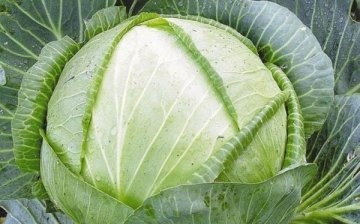
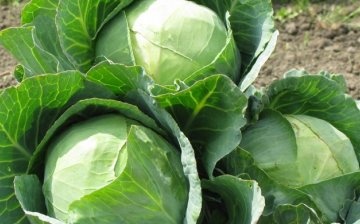
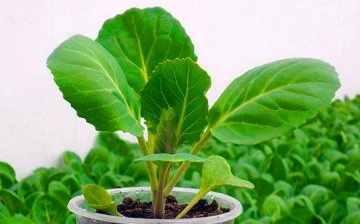
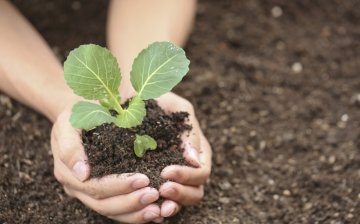
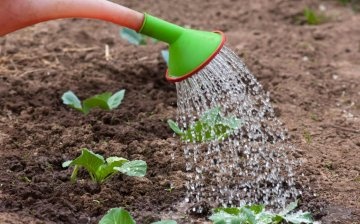
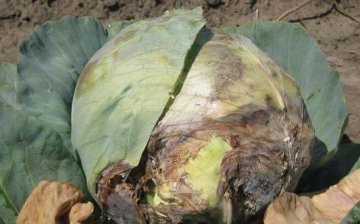
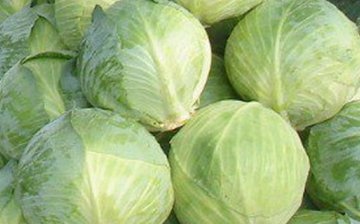







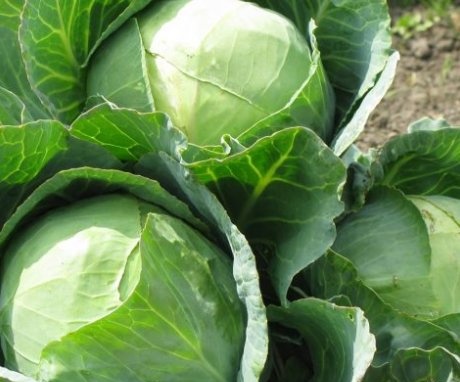
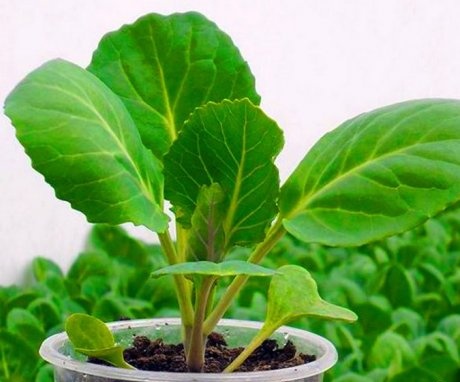
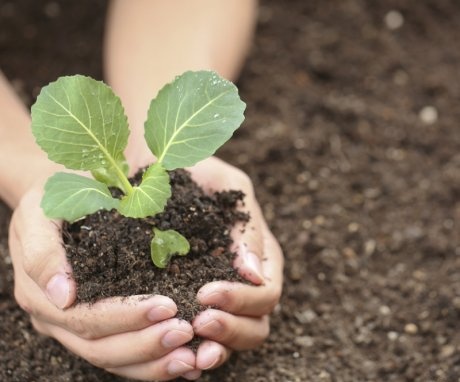
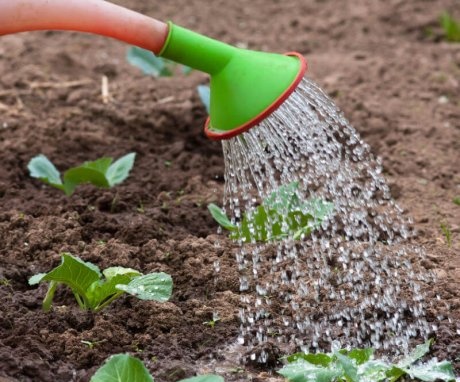
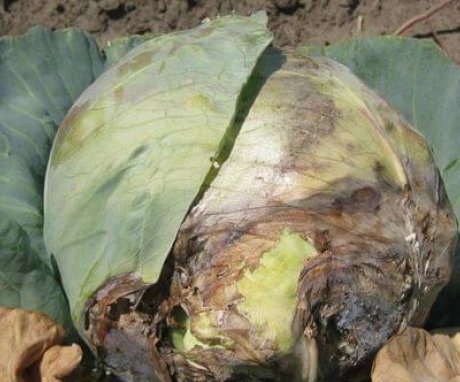
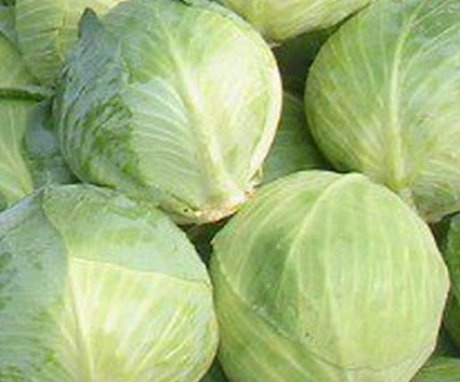
We grow Belarusian cabbage every year and this is the best variety for us. Heads of cabbage always grow even and dense. This variety is very tasty and fresh and is great for fermentation.
Indeed, Belarusian cabbage has a beautiful and attractive shape of heads, they grow tall and slightly elongated in our country, they have not coarse and not wide veins.
My Belarusian cabbage this year is all rough and tough. I took it off after the first frost, but now it was so warm in early November that I had to take it off without frost, since it was time to conserve the dacha. I cooked cabbage soup - I barely boiled it. I will see how it will be fermented. And this is the most stable variety.